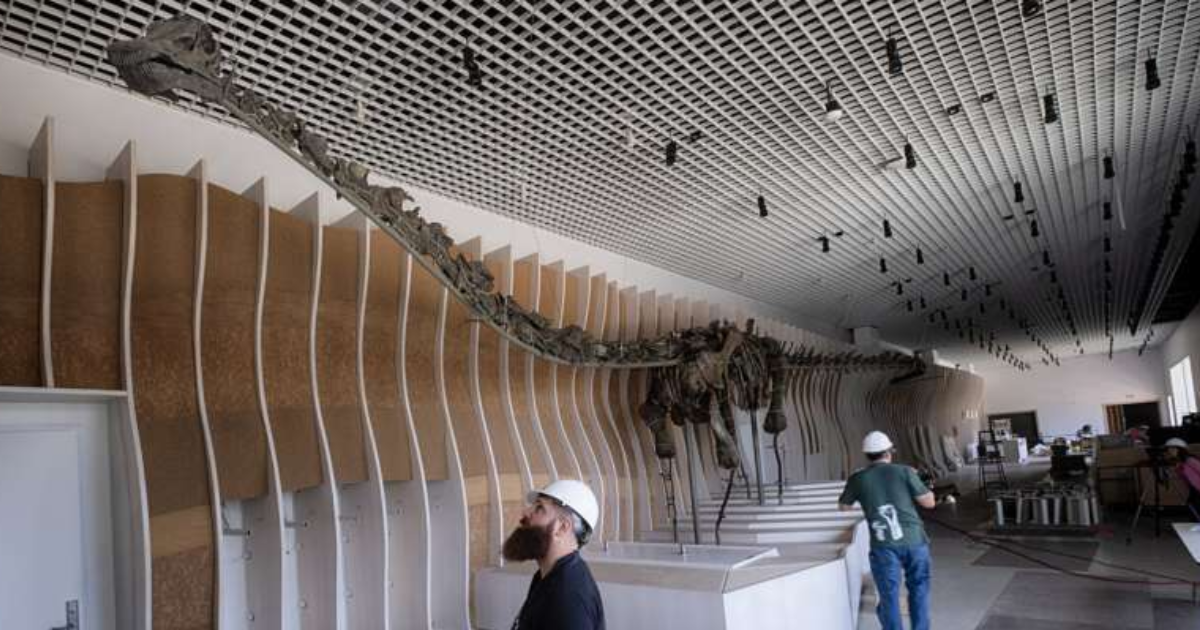
Dinosaurs are one of those things that capture are interest and imagination at a very young age, and never seems to let go.
Scientists and regular people alike are constantly surprised by these prehistoric animals.
The bones of a dinosaur that was found in 2007 in the Badlands of Utah are being put on display at the Natural History Museum in Los Angeles.
These bones, however, are quite unlike the bones of any other dinosaur ever found.
They are green.
Normally when bones are found, they are brown due to the silica in the surrounding area, or black from iron.
The green in these bones was caused by celadonite, which forms in volcanic conditions.
In most cases when this type of mineral is found, the volcanic activity that causes it is severe enough to destroy any bones that would have been in the area, which is why green bones have not been found before.
Fortunately, this dinosaur’s bones survived whatever volcanic activity was in the area, so visitors to this museum can enjoy them.
Scientists estimate that this dinosaur walked the Earth more than 150 million years ago during the late Jurassic Era.
Luis M. Chiappe, who works as the museum’s Dinosaur Institute said in a statement:
“Dinosaurs are a great vehicle for teaching our visitors about the nature of science, and what better than a green, almost 80-foot-long dinosaur to engage them in the process of scientific discovery and make them reflect on the wonders of the world we live in!”
In addition to being green, these bones belong to a new species that hasn’t been seen before. It is a long-necked herbivore, which has a long tail and is over 80-feet long.
The dinosaur was named Gnatalie (pronounced Natalie) after the museum asked the public to vote on its name.
This one was chosen because the scientists who dug her up were swarmed by gnats throughout the process.
Every dinosaur is amazing, but these green bones are truly extraordinary.
If you thought that was interesting, you might like to read about the mysterious “pyramids” discovered in Antarctica. What are they?